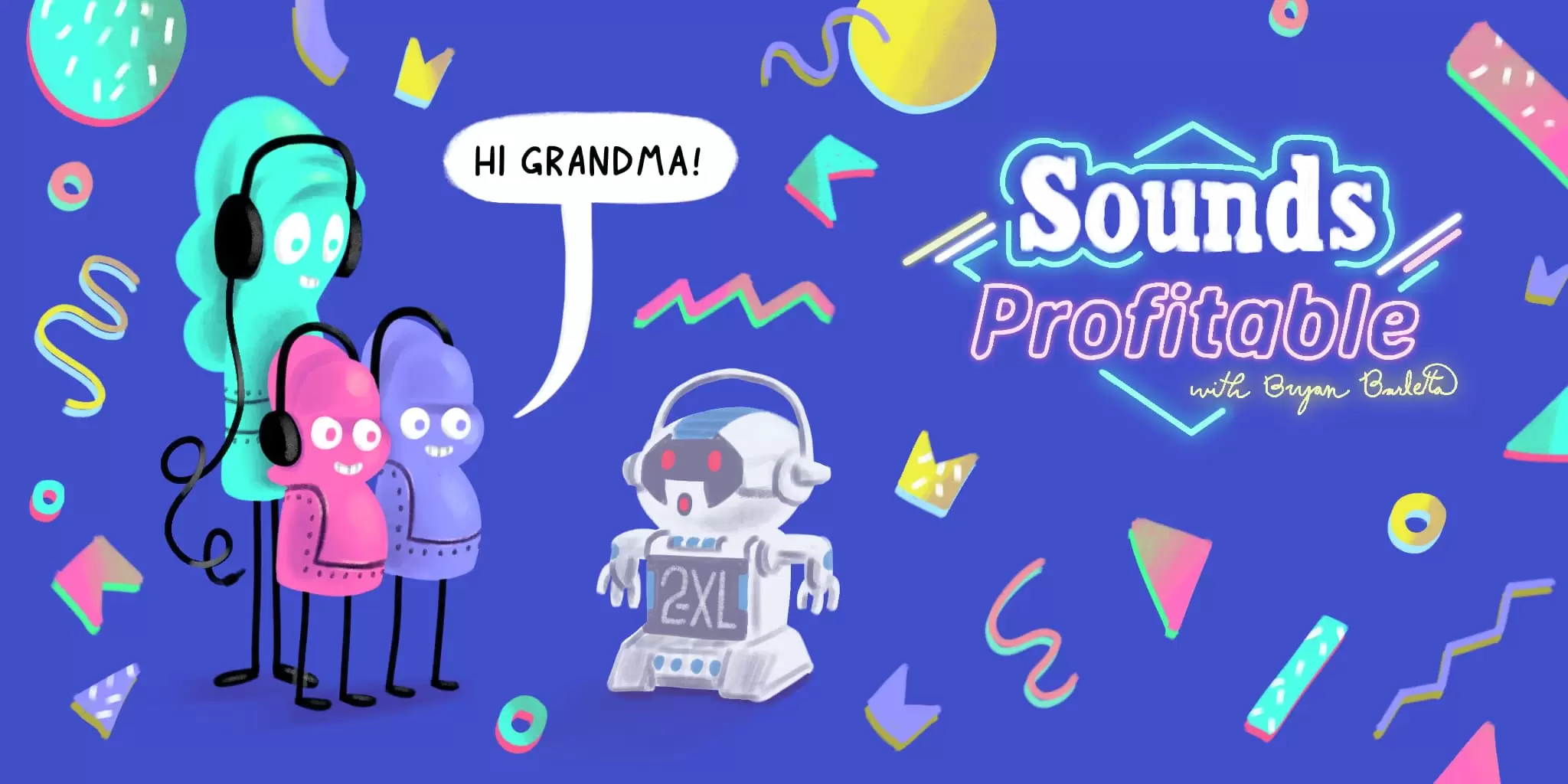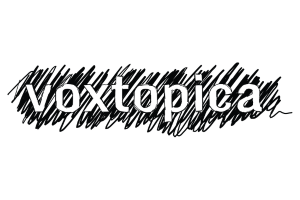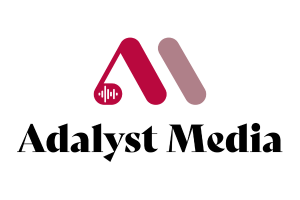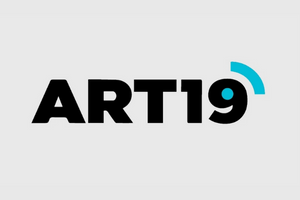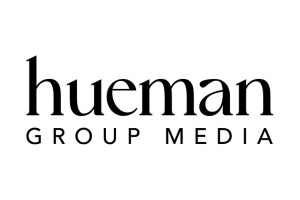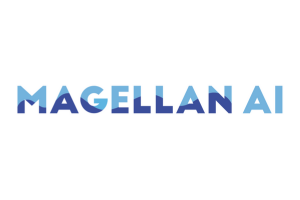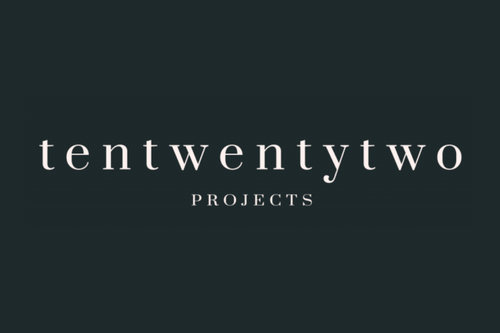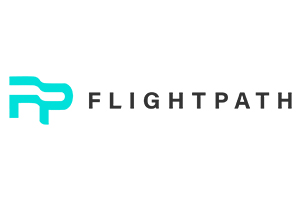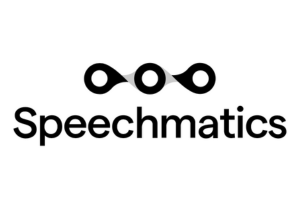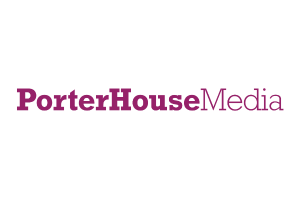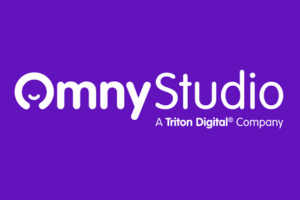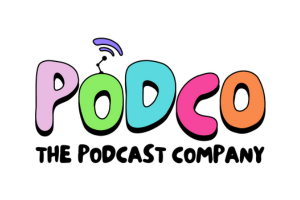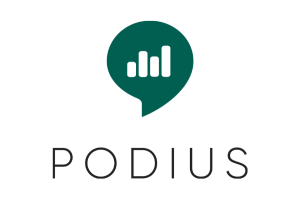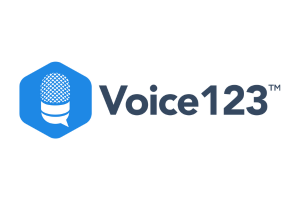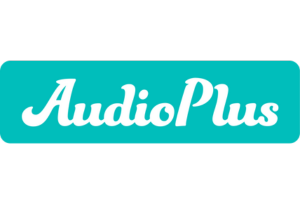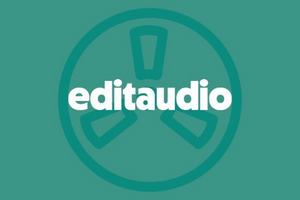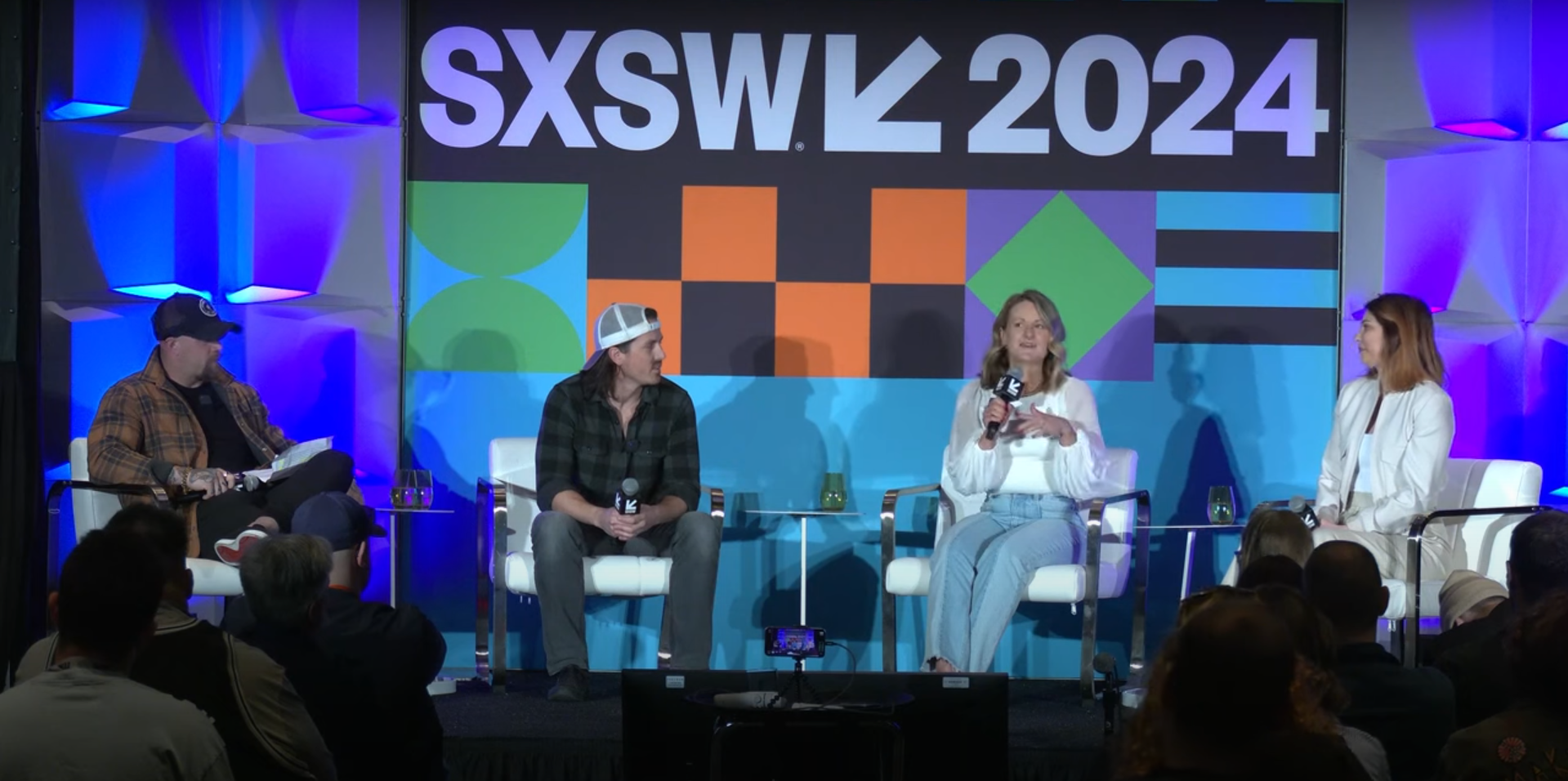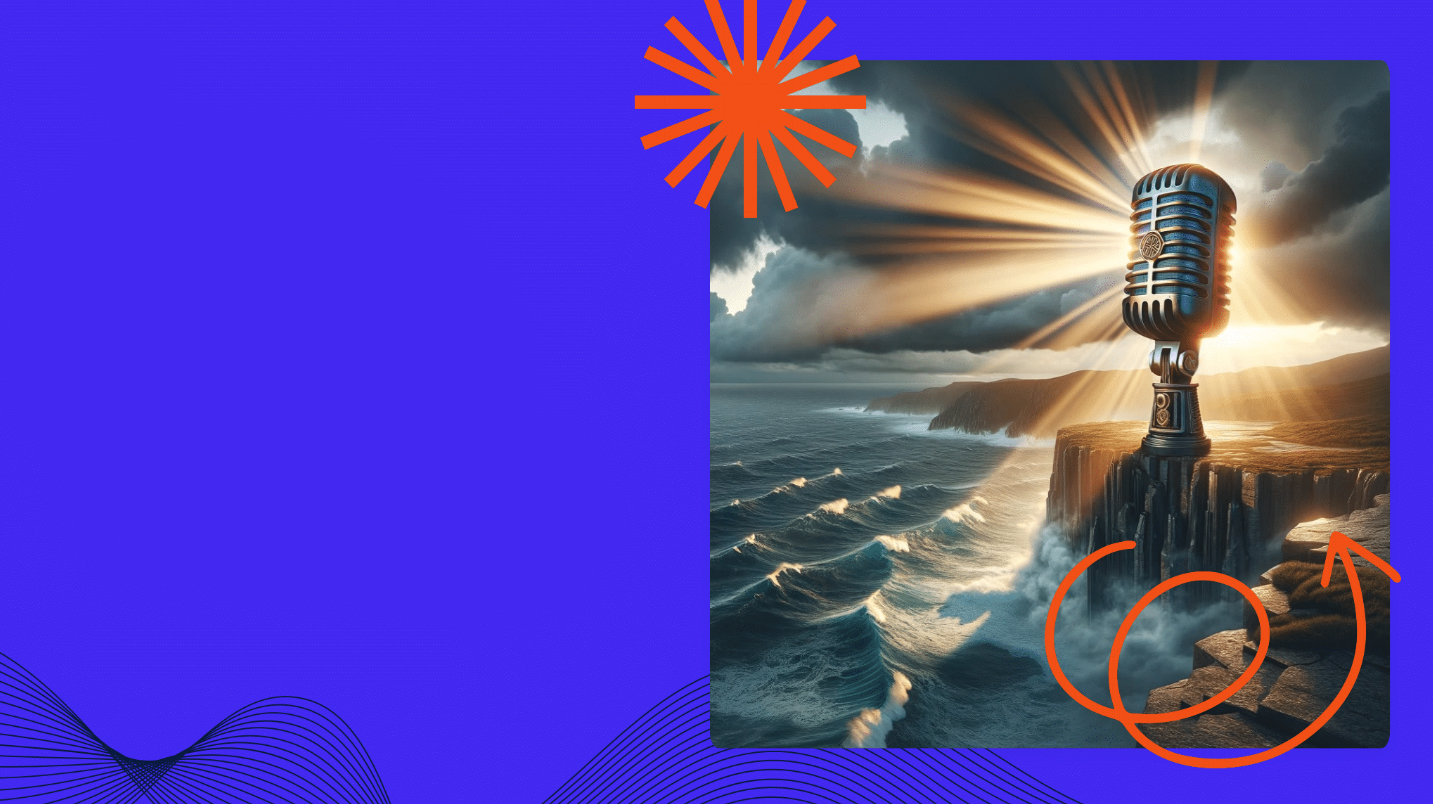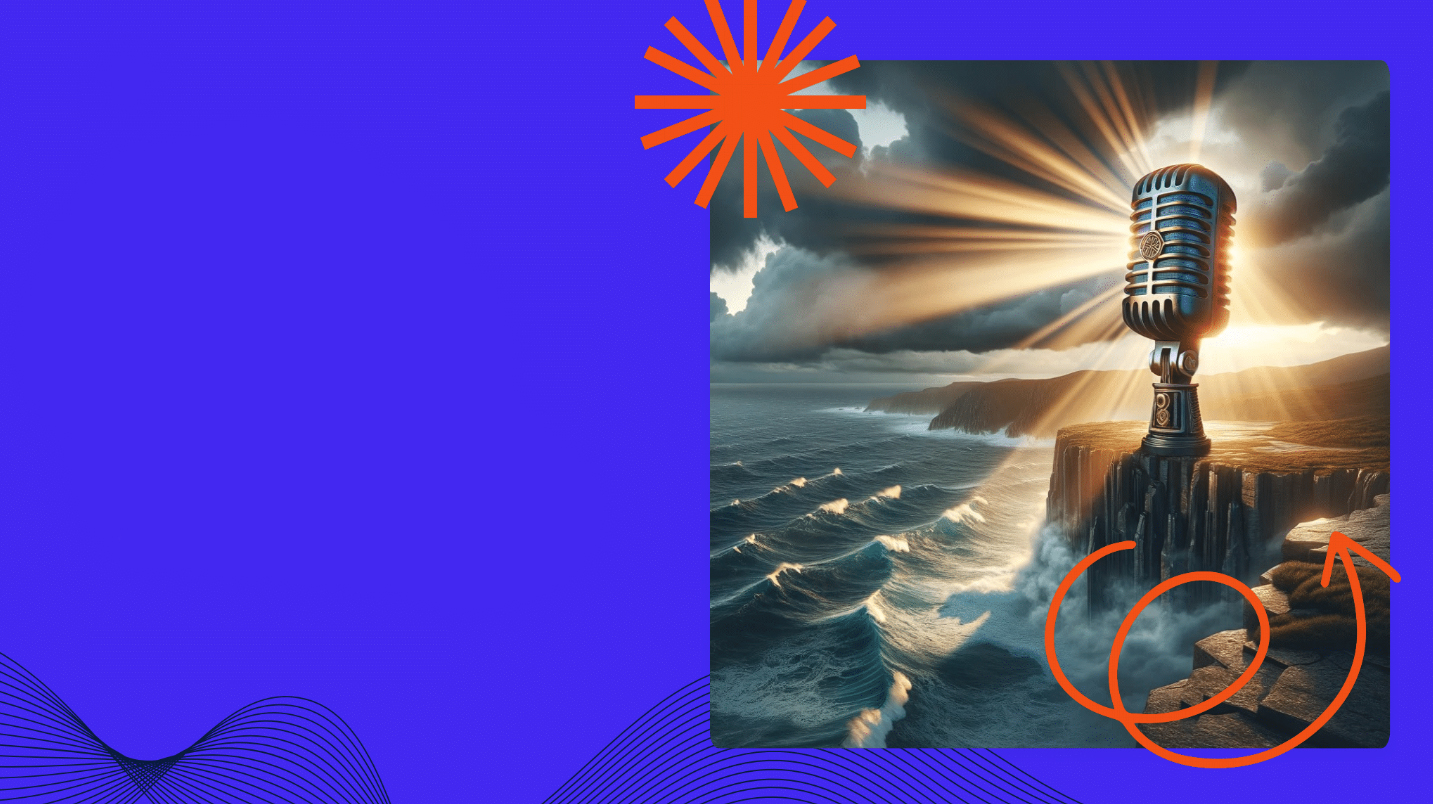Twila Dang of Matriarch Digital Media joins me on the podcast this week to talk about the need for more women in (podcast) adtech. Don’t forget, we’re running a podcast listener study with Edison Research, so please listen to an episode and fill out the survey!
There’s a misconception in podcast advertising that paying for a shorter ad spot and getting a longer read is added value. Not only is that predatory behavior that publishers should be pushing back against, but longer doesn’t always mean better. Danny Sellers, Podcast Partnership Manager at Gumball joins us this week as a guest author, working with Headgum founders Jake and Amir and the Helix brand to make this point crystal clear.
Introduction
Like many people reading this, I was a fan of podcasting before I ever had a job in this industry. I think that’s a cool perspective a lot of us share that most people can’t say about their day job. So when given the chance to write about podcasting, the listener experience is undeniably ingrained in my perspective. The reason I started and now work in podcasting is because of the unique opportunity for a listener to get an authentic and intimate experience. That’s cool and important to me.
But as a podcaster and comedian, I can’t help but sympathize with the plight of creators and the respect they deserve when they consider monetizing — live shows, subscription services, and the granddaddy of them all, advertisements! It takes a lot of effort to build a sizable show and even more consistency to cultivate an audience you can create recurring revenue with. As we know in podcasting, ads are reserved for that rare air of shows that do both of these things effectively.
Within the ecosystem of podcasting, marketers are faced with several options on how to reach listeners. Host-read ads — podcasters talking about brands to their loyal audience — are what I want to focus on here. At Gumball, we believe this ad format provides the most value to brands and podcasters by tapping into the conversation that already exists and staying as organic as possible while still being an ad.
The Power of Host-Read Ads is the HOST
So if this article is an early 2000s Reality TV show, I’m Team Podcasters. When podcasters are approached about doing host-read ads they need to be equipped with the information to keep the integrity of their show.
Podcasters need to protect the listener experience without being subject to things advertisers sometimes consider “added value”, like doing an ad read longer than initially agreed upon and paid for. Adding time to an ad read has recently been described as “added value” for marketers.
Time alone doesn’t make an ad good — the connection to the audience makes the ad good. Podcasters need to know that and advertisers should respect that when dealing with podcasters.
I could keep typing about what I think but that’s kinda boring and not super informative. So I sat down (virtually) with Jake Hurwitz and Amir Blumenfeld, the founders of Headgum and hosts of the successful comedy podcast If I Were You. I wanted to get their perspective on the space and what gets them excited about the medium, specifically about their experience with advertising and the network.
After all, they have been doing host-read ads for close to six years. Throughout our discussion, we kept coming back to the same theme, the intimacy and connection with their audience. It got me thinking, why are there so many ad types and lengths if the “connection” is what really matters?
To dig a little deeper, and to make this article a little more interactive, I asked them to record three different ads — 15 seconds, 60 seconds, and 3+ minutes — for one of their long-time supporters and advertisers, Helix Mattress. The exercise was designed to see which length felt the most natural and connected to the content cause (again, I’m Team Podcaster and want creators to be informed on how to monetize both efficiently and fairly).
The Quick Read
This read was pretty straight to the point. Essentially allowing enough time to announce the brand and give a call to action. This felt like a great opportunity to build brand awareness but that’s about it.
15 (seconds) didn’t seem long enough to get the sense of humor across. And almost felt dry and someone could just ignore the content – Amir
No real context given around the value of the product but they would seemingly be able to get into the read and into the next segment of the show relatively easily.
The Long Read
If I Were You is a comedy podcast and Jake and Amir have been improvising off each other for a better part of a decade. So they could make jokes and bits off just about anything for an endless amount of time. While this was very funny, there were moments where the read was more of a comedy bit than an ad read. When I asked Jake and Amir afterwards how they felt doing the longer read, they felt the same.
Was probably a little too meandering, where it was more filler than actual substance – Amir
Long rifs outside of copy points and key product benefits can make the call to action a little confusing to follow for the listener.
This isn’t “added value”, especially when the added value is improvised without proper copy points that reflect the brand’s mission. And assuming or expecting a podcaster to riff for this long consistently can be exhausting and ultimately isn’t sustainable.
If most shows have anywhere between 2-6 ad spots per episode, that could easily be 20 minutes of ads in an hour-long show. That isn’t good for the listener and it could impact the integrity of the show and the brand.
The Perfect Length
The three of us agreed, this was the best version of the ad. All the reasons we love host-read ads were delivered tastefully here.
It was like Momma Bear’s bed – Jake.
The 60-second read allowed the guys to get the important information out but also creep in their own bits to keep the listener engaged. Jake and Amir specifically mentioned that they try to incorporate recurring bits into their long-time sponsor ad reads. It’s like they are inserting their little inside joke with the listeners even though it’s an ad, which effectively integrates the ad copy into the show and establishes an enduring relationship with the brand.
For over six years as a network, Headgum has seen that great host-read ads allow for an organic declaration and/or endorsement of a brand that’s unique to each podcaster host. Any call to action that follows is more likely to lead to an action from the listener than any other ad type. Once again, the power of the host-read ad comes from a podcaster’s uncanny ability to connect with their audience.
Wrapping It Up
There is a time and place for everything and proper ad buying is no different.
Host-read ads are best when the podcaster is passionate and excited about doing the reads. Professionalism is key to continued success.
Asking or assuming longer ads are “added value” is diminishing the fact that host-reads are fueled by the host’s ability to connect with their audience. If products do require more of a profound explanation or context, brands should entertain collaborating with podcasters or networks to create a more robust campaign, such as a named sponsor of a run of episodes or inclusion in other owned channels (e.g., newsletters, social media, events).
The last thing we should let become a standard in our industry is the idea that longer ad reads equal added value.
Added value comes from the podcasters’ ability to connect with their listeners and an advertiser’s commitment to supporting a podcast long enough for that connection to be shared. Let’s work toward making that the standard.
Part of me feels like the host-read ad also signals the engagement of the host – Jake.
Jake and Amir’s Quick Tips on Host-Reads
- Try to make them as funny and conversational as possible: Once again, they are a comedy podcast so their listeners want jokes during advertisements as well. Ads should flow with the theme and energy of the show. Regardless if they’re DAI or live reads embedded into the audio
- Have fun with recurring advertisers: Making recurring inside jokes that gradually build over time can keep sponsors coming back for more (and lead to more effective campaigns).
Thoughts? Questions? Click the Yappa image above to start an audio/video conversation!
New Sponsors
Sounds Profitable only exists thanks to the continued support of our sponsors. Each sponsor receives one hour of consulting per month as a way to say thanks. So today, I’d like to introduce you to our latest sponsors:
- Headliner, helping you promote your podcast across the web through video.
- StreamGuys, Streaming Media and Podcasting Solutions for the Smartest Businesses on the Internet.
- VOISLAND, the italian podcast network made by podcasters for podcasters
REL’s Recs
Arielle’s pick for this week is: PEOPLE in the 90s
This limited-run series from PEOPLE Magazine is for anyone who can’t believe gen z is dressing up 90s style on purpose. It’s for anyone who cannot fathom that the ’90s are as far away now, as the ’60s were in the ’90s. Somehow. PEOPLE in the 90s hosts, Hosts Andrea Lavinthal and Jason Sheeler speak with folks who graced the cover of the magazine back in the day such as Jamie Lee Curtis, Tori Spelling, and Paula Abdul. It seems that, since enough time has passed, these celebrities are down to discuss the details of events that they (and others) kept in the dark for so long. It’s also just light-hearted good fun. Andrea and Jason are ’90s-obsessed, and it’s contagious.
Market Insights – with ThoughtLeaders
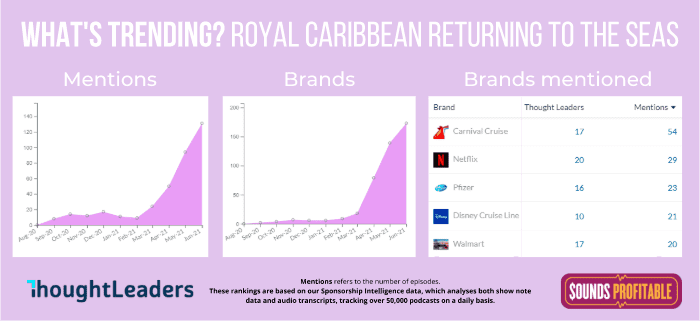
Noam Yadin, Content and Social Media Manager at ThoughtLeaders joins me this week to share insight into current trends:
Royal Caribbean recently announced that it is returning to the seas! This graph shows that trending news quickly makes its way into the podcast realm. Some podcasts that have shared news about Royal Caribbean in the last month include: Bloomberg Businessweek, The South Florida Morning Show, and TravelPulse Podcast.

